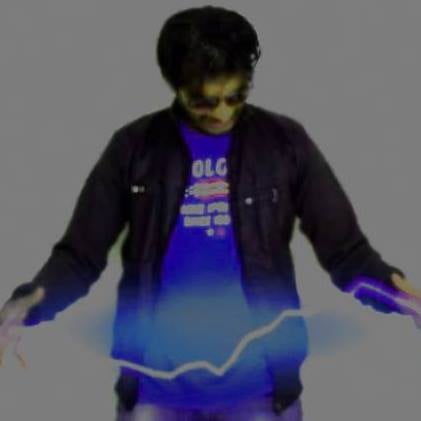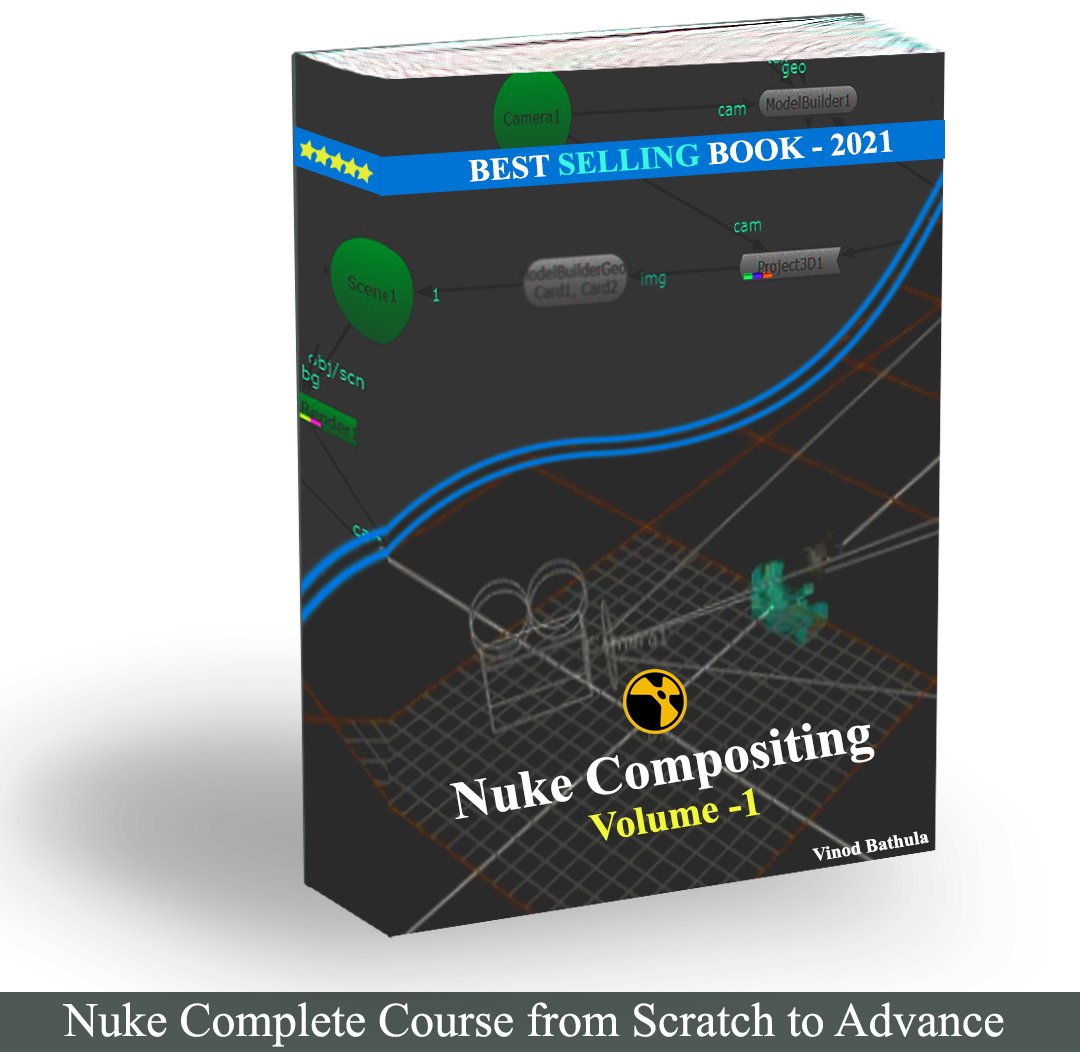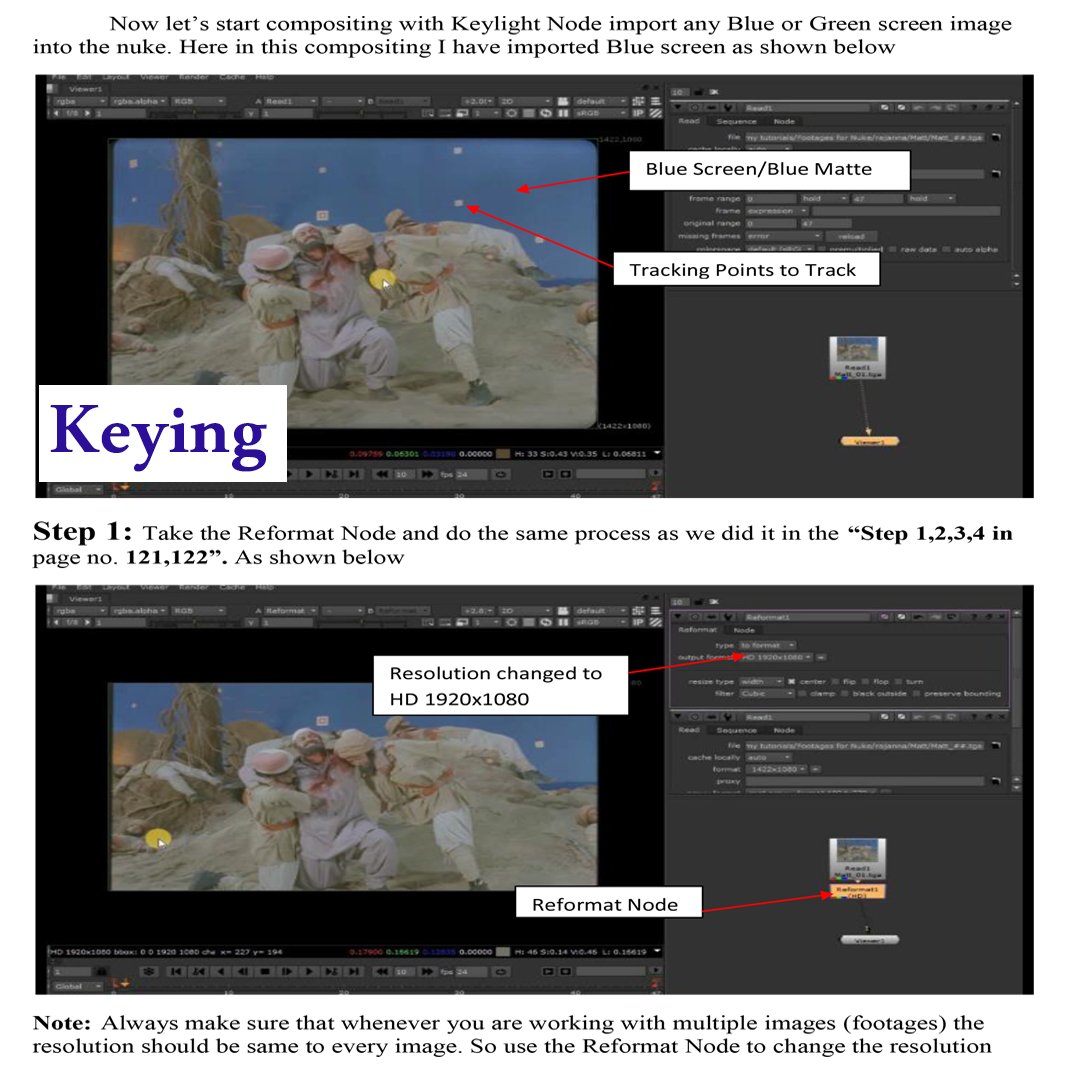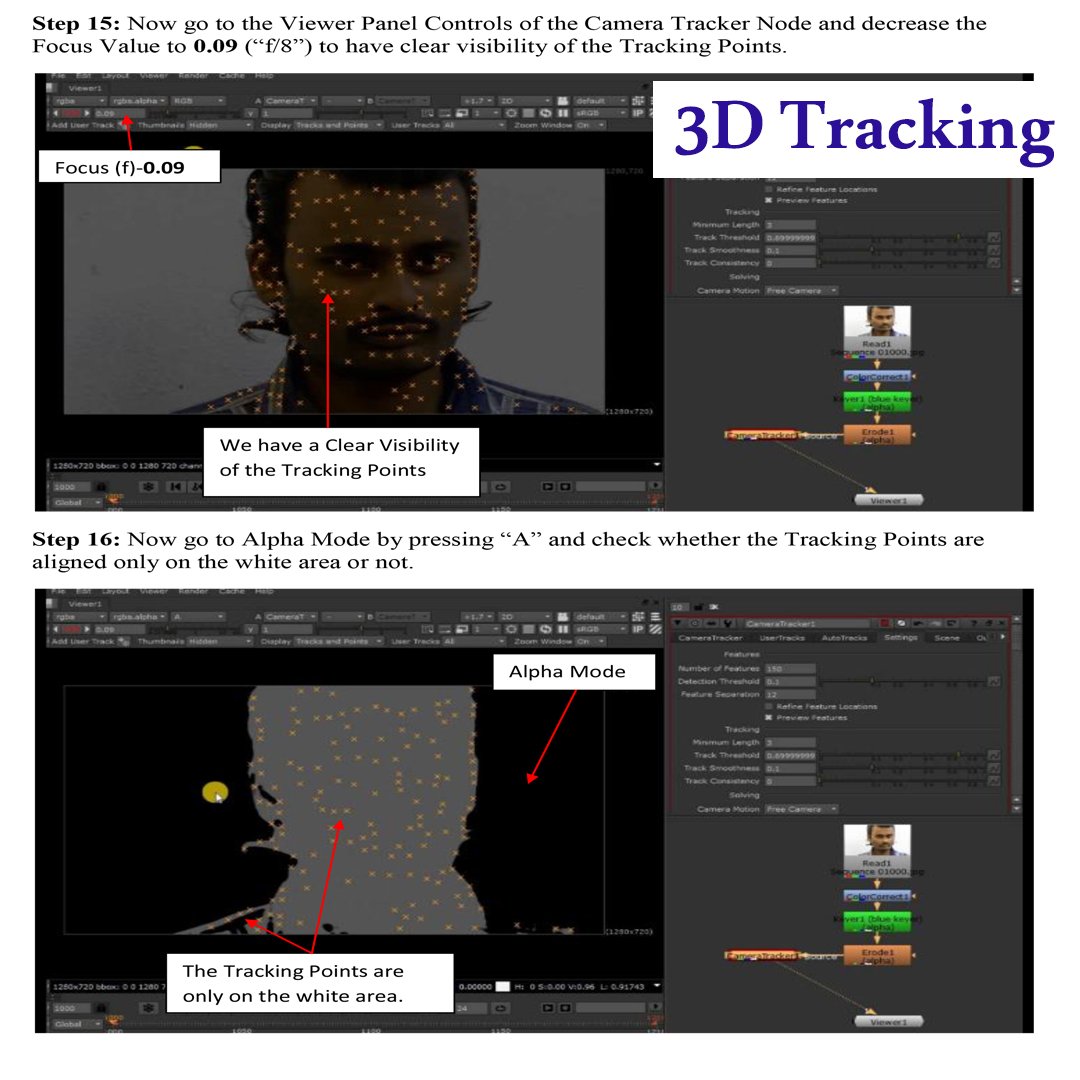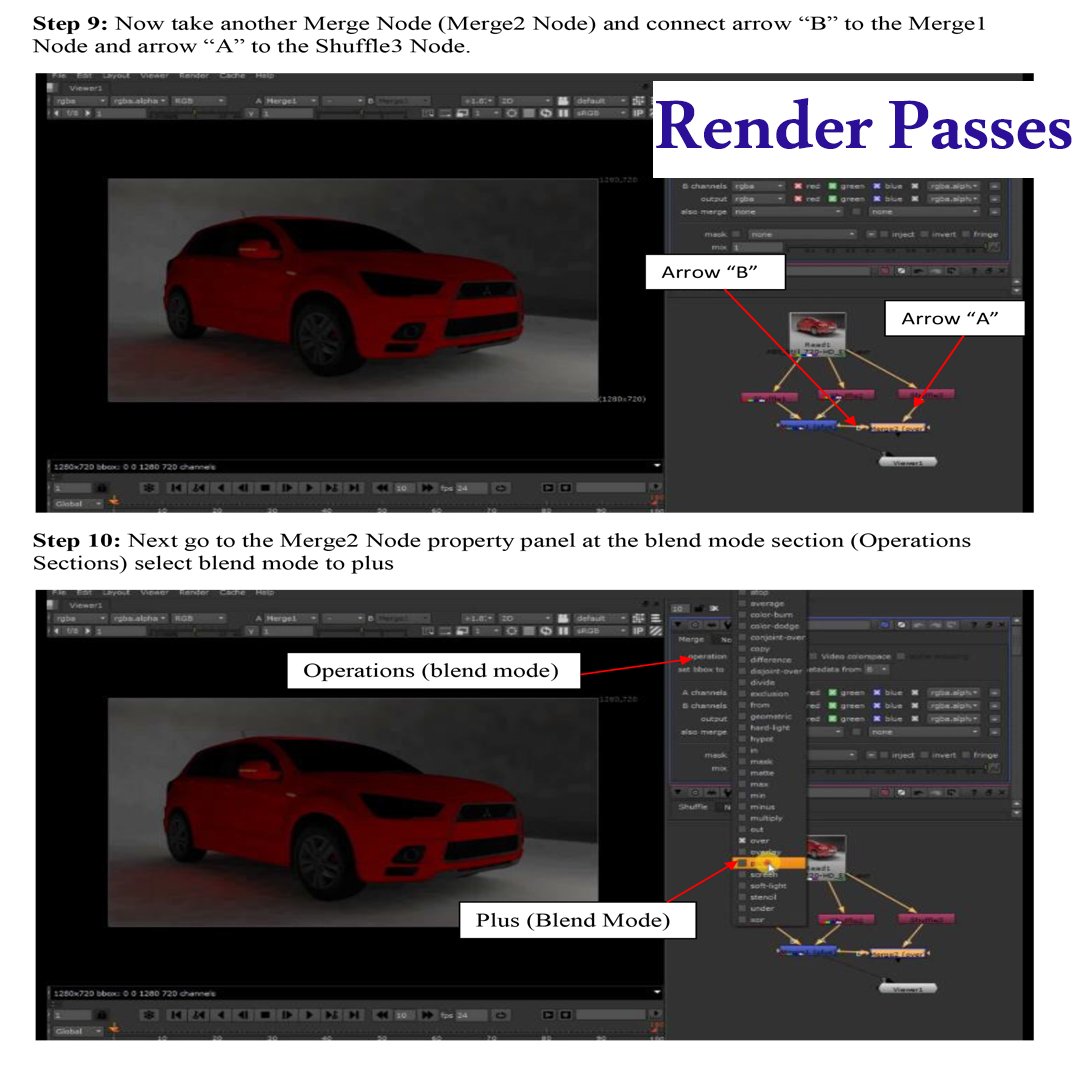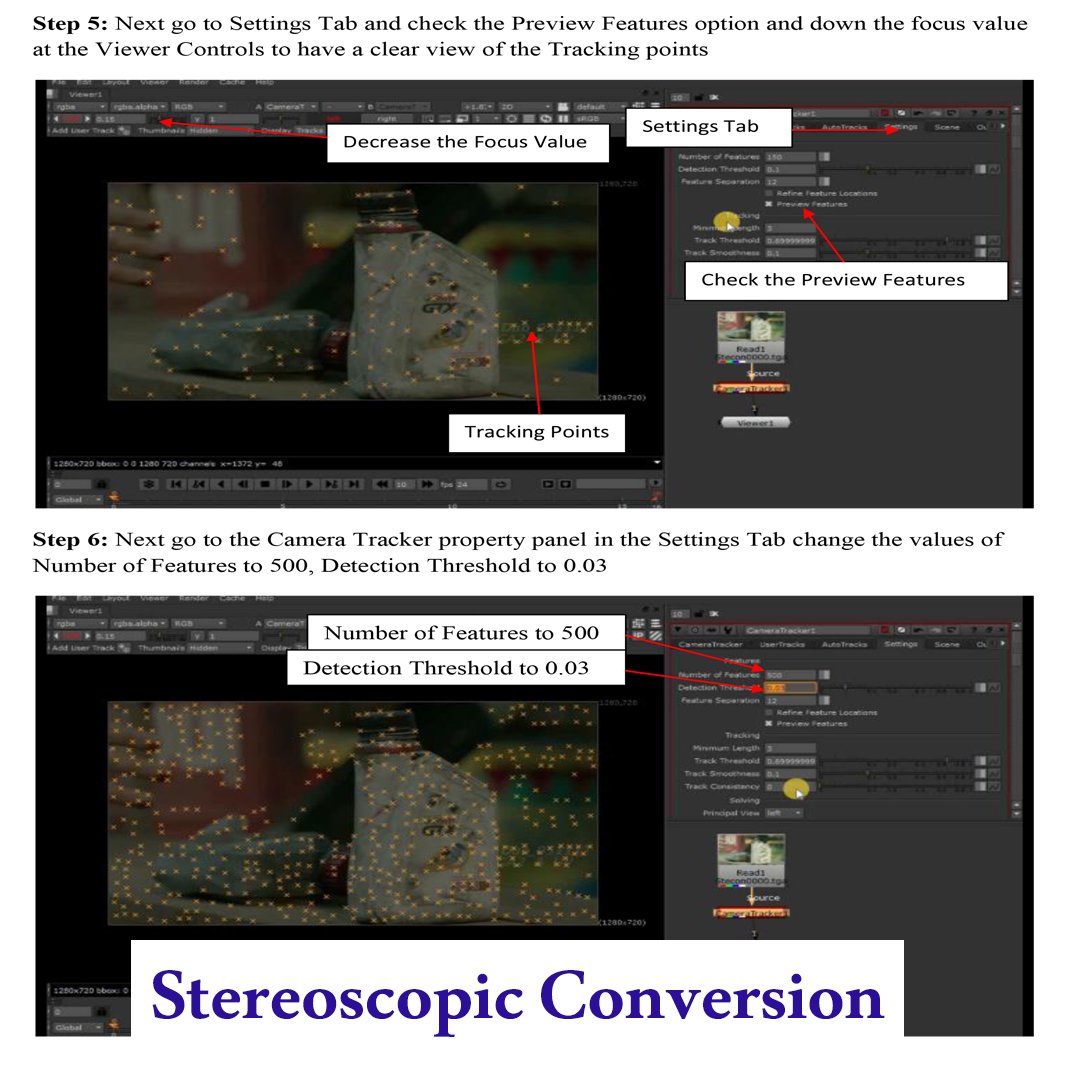NUKE Compositing (Volume-1)
On Sale
$5.00
$5.00
This Book offers critical lessons in compositing theory, including working in 2.5D and stereoscopic 3D.
Through a tutorial-based approach, this book will have you up and running in Nuke in just hours. As well as an entire chapter dedicated to real-world Nuke case studies.
This book is designed in such a way that you will get all the concepts related to the Nuke Compositing are at one Place in a organic way so that after completions of this book you no need to look for other platform for learning
This book will teach you the concepts of 2D and 3D Compositing in Nuke, Tracking techniques. Render Passes, and how to work on Stereo Conversion. By the end of the completion of this Book, you will successfully be able to composite what would be considered a Pro Compositor.
Book Content:
Introduction
• About me
• What is VFX?
• Difference between Visual effects (VFX) and Special effects (SFX)
• What is Compositing?
• About Nuke
Chapter 1: Interface.
• Overview on Nuke Interface
• Viewer Pane
• Properties Bin Pane
• Node Graph\Curve Editor Pane
• Node Tool Bar
• Menu Bar
• How to Import the Footage in Nuke
• Definition of Read Node
Chapter 2: Node
• What is a Node?
• Node Structure/Node Tree
• Renaming Node
• Editing Node
• Cloning Node
• Disable and Deleting Node
• Node Indicators
Chapter 3: Basic Compositing
• Basic animation using Transformation Node
• About Transform Node
• About Merge Node
• How to save the Project file in nuke
• How to render the compositing in Nuke
• About Write Node
Chapter 4: Nuke Interface Style
Chapter 5: Tracking Part 1 – Matchmove.
• About Tracker Node
• Tracker Node Controls
• How to use Tracker Node for Matchmoving
• Tracker Node property panel Input and Controls
Chapter 6: Keying.
• Why we will use only Green and Blue color as a background screens
• Where and when we will use Green and Blue Matte
• About Keyer Node and Premult Node
• How to change the Image resolution with Reformat Node
• About Keylight Node
• About Primatte Node
• About IBK Color and IBK Gizmo Node
Chapter 7: Color Correction.
• Understanding Highlights, Shadows and Midtones
• About Grade Node
• About Color Correct Node
• Compositing with Grade and Color Correct Nodes
Chapter 8: Rotoscoping
• Understanding what is Rotoscoping?
• About Roto Node
• Understanding Roto Node
• About Constant Node
• Compose Rotoscoping with Roto Node
Chapter 9: RotoPaint
• About RotoPaint Node
• Understanding RotoPaint Node
• Compose with RotoPaint Node
• About Frame Hold Node
Chapter 10: Wire Removal.
• Understanding what is Furnace Core Plug-In?
• About F_WireRemoval Node
• How to remove wire using Furnace core plug-in (F_WireRemoval Node)
• How to create Clean Plate and use it for F_WireRemoval Node
• How to remove wire using Clean Plate
Chapter 11: Tracking Part 2 – CornerPin-2D
• Understanding CornerPin-2D Node
• How to Track Using CornerPin-2D
Chapter 12: Tracking Part 3 - Planar Tracker
• Understanding Planar Tracker
• How to Track using Planar Tracker
Chapter 13: Tracking Part 4 – 3D Tracking
• Understanding 3D Tracking
• About Camera Tracker Node
• About Point Cloud Generator Node
• About Project 3D Node
• ScanlineRender Node
• How to Compose in 3D Tracking
• About Erode(Blur) Node
Chapter 14: Time Warping
• About TimeWrap Node
• Slow down effect
• Speed up effect
• Time freeze effect
• Reverse effect
• Time Warping with the Curve Editor
Chapter 15: Rig Removal
• Understanding what is Rig Removal?
• About F_RigRemoval Node (FurnaceCore Plug-in)
• Compose with F_RigRemoval Node
Chapter 16: Render Passes
• Understanding Render Passes
• About Shuffle Node
• Composing Render passes
• About Glow Node
Chapter 17: Stereoscopic Conversion
• Understanding Stereoscopic
• About Depth Generator Node
• About Copy Node
• About IDistort Node
• About JoinView Node
• About Anaglyph Node
• Converting 2D Image to Stereoscopic
Through a tutorial-based approach, this book will have you up and running in Nuke in just hours. As well as an entire chapter dedicated to real-world Nuke case studies.
This book is designed in such a way that you will get all the concepts related to the Nuke Compositing are at one Place in a organic way so that after completions of this book you no need to look for other platform for learning
This book will teach you the concepts of 2D and 3D Compositing in Nuke, Tracking techniques. Render Passes, and how to work on Stereo Conversion. By the end of the completion of this Book, you will successfully be able to composite what would be considered a Pro Compositor.
Book Content:
Introduction
• About me
• What is VFX?
• Difference between Visual effects (VFX) and Special effects (SFX)
• What is Compositing?
• About Nuke
Chapter 1: Interface.
• Overview on Nuke Interface
• Viewer Pane
• Properties Bin Pane
• Node Graph\Curve Editor Pane
• Node Tool Bar
• Menu Bar
• How to Import the Footage in Nuke
• Definition of Read Node
Chapter 2: Node
• What is a Node?
• Node Structure/Node Tree
• Renaming Node
• Editing Node
• Cloning Node
• Disable and Deleting Node
• Node Indicators
Chapter 3: Basic Compositing
• Basic animation using Transformation Node
• About Transform Node
• About Merge Node
• How to save the Project file in nuke
• How to render the compositing in Nuke
• About Write Node
Chapter 4: Nuke Interface Style
Chapter 5: Tracking Part 1 – Matchmove.
• About Tracker Node
• Tracker Node Controls
• How to use Tracker Node for Matchmoving
• Tracker Node property panel Input and Controls
Chapter 6: Keying.
• Why we will use only Green and Blue color as a background screens
• Where and when we will use Green and Blue Matte
• About Keyer Node and Premult Node
• How to change the Image resolution with Reformat Node
• About Keylight Node
• About Primatte Node
• About IBK Color and IBK Gizmo Node
Chapter 7: Color Correction.
• Understanding Highlights, Shadows and Midtones
• About Grade Node
• About Color Correct Node
• Compositing with Grade and Color Correct Nodes
Chapter 8: Rotoscoping
• Understanding what is Rotoscoping?
• About Roto Node
• Understanding Roto Node
• About Constant Node
• Compose Rotoscoping with Roto Node
Chapter 9: RotoPaint
• About RotoPaint Node
• Understanding RotoPaint Node
• Compose with RotoPaint Node
• About Frame Hold Node
Chapter 10: Wire Removal.
• Understanding what is Furnace Core Plug-In?
• About F_WireRemoval Node
• How to remove wire using Furnace core plug-in (F_WireRemoval Node)
• How to create Clean Plate and use it for F_WireRemoval Node
• How to remove wire using Clean Plate
Chapter 11: Tracking Part 2 – CornerPin-2D
• Understanding CornerPin-2D Node
• How to Track Using CornerPin-2D
Chapter 12: Tracking Part 3 - Planar Tracker
• Understanding Planar Tracker
• How to Track using Planar Tracker
Chapter 13: Tracking Part 4 – 3D Tracking
• Understanding 3D Tracking
• About Camera Tracker Node
• About Point Cloud Generator Node
• About Project 3D Node
• ScanlineRender Node
• How to Compose in 3D Tracking
• About Erode(Blur) Node
Chapter 14: Time Warping
• About TimeWrap Node
• Slow down effect
• Speed up effect
• Time freeze effect
• Reverse effect
• Time Warping with the Curve Editor
Chapter 15: Rig Removal
• Understanding what is Rig Removal?
• About F_RigRemoval Node (FurnaceCore Plug-in)
• Compose with F_RigRemoval Node
Chapter 16: Render Passes
• Understanding Render Passes
• About Shuffle Node
• Composing Render passes
• About Glow Node
Chapter 17: Stereoscopic Conversion
• Understanding Stereoscopic
• About Depth Generator Node
• About Copy Node
• About IDistort Node
• About JoinView Node
• About Anaglyph Node
• Converting 2D Image to Stereoscopic
